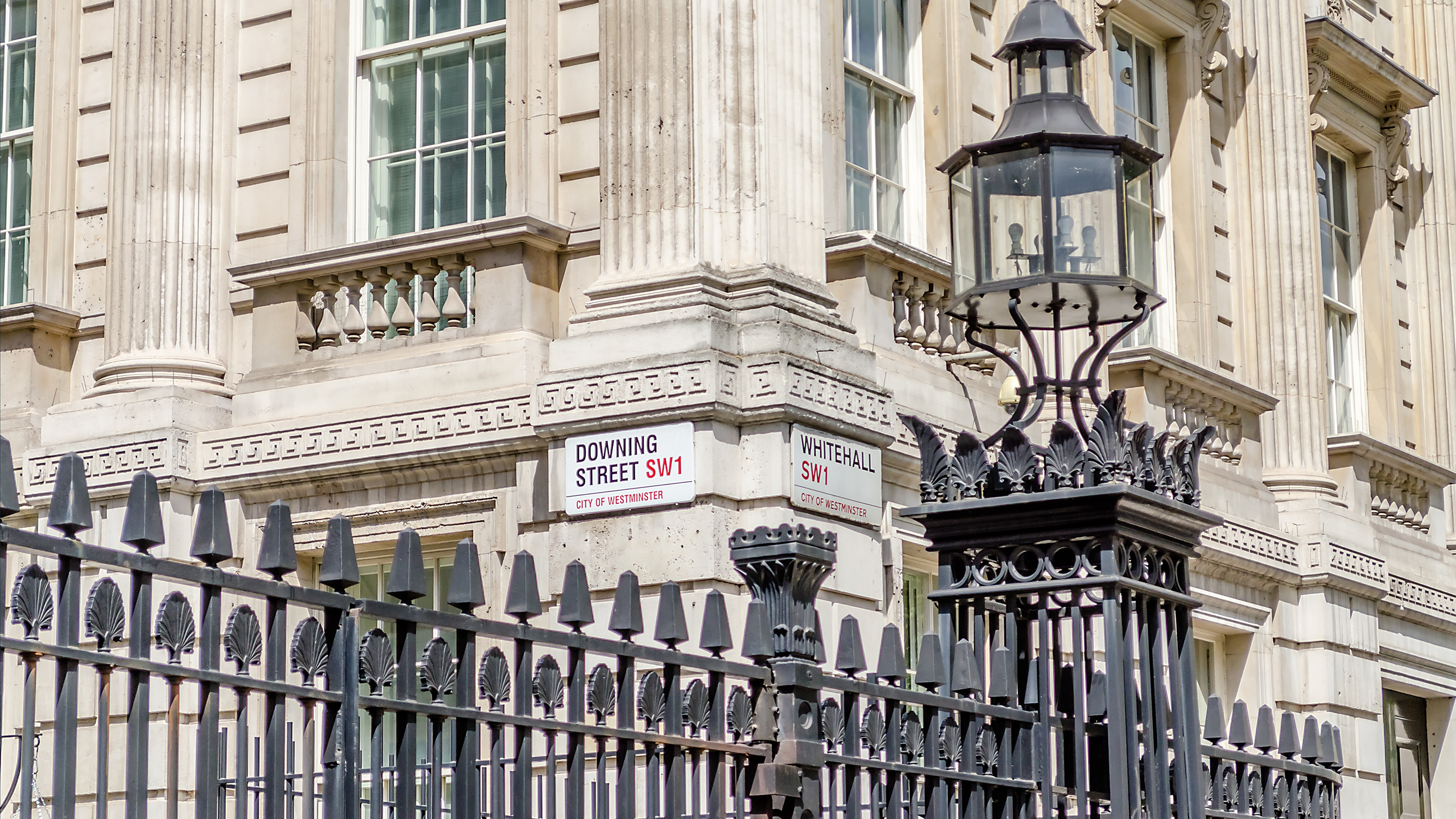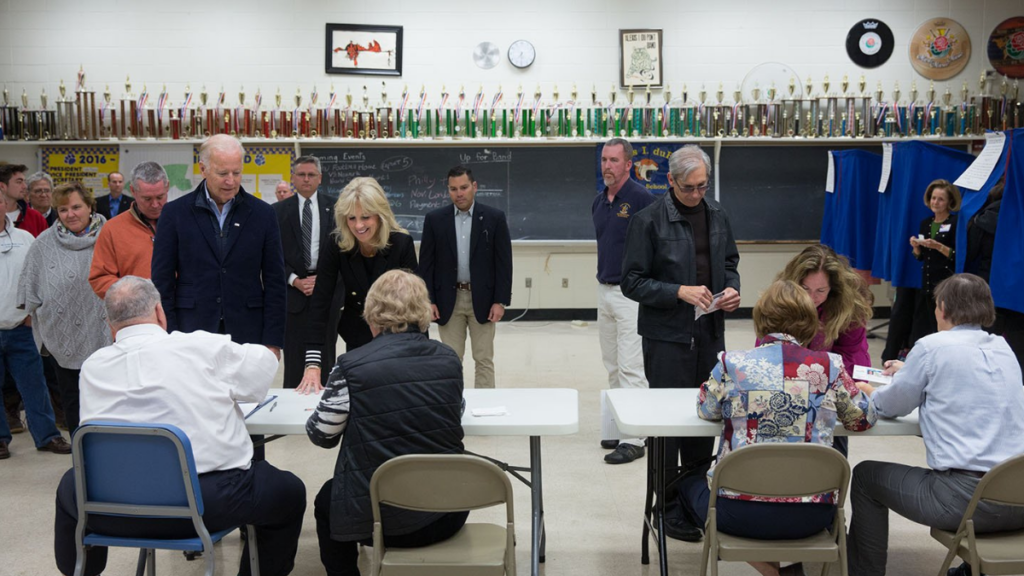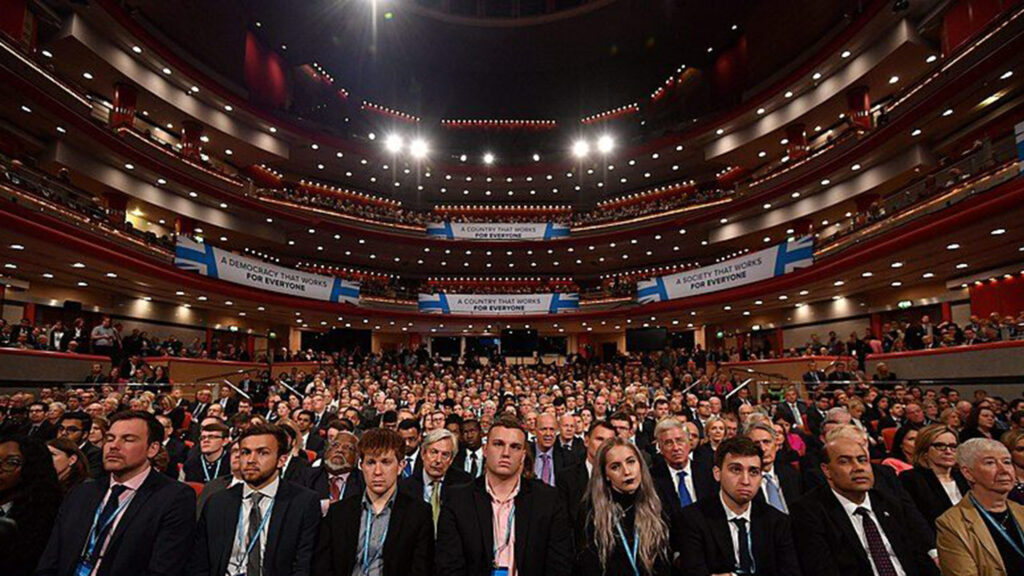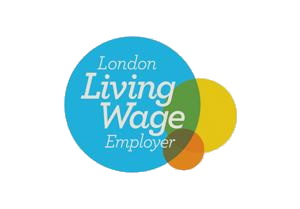Looking back on 1997, it’s hard to really capture exactly what the victory of Tony Blair’s “New” Labour meant. Partly because I was only 18 months old, but mainly because our country was different in more ways than can be summarised in a few words – and that’s largely because of that election.
This is Blair’s Britain, you’re just living in it
Since the advent of Blairism, Britain has changed remarkably, and we can see just how much so by considering some of the 1997 Labour Manifesto pledges: introducing devolution in Scotland and Wales; fixing the minimum wage at a national level; banning tobacco advertising; reforming the House of Lords; the list goes on.
In 2023, many of these political issues are still with us, to such an extent that you could say “Blairism”, as New Labour’s ideology came to be known, is the political water in which we swim. Even the style of campaigning that political parties employ today is heavily influenced by Blair’s dynamic campaigning style, focused heavily on tight message control, the intense use of polling, preparing rapid rebuttal talking points, and attempting to “win the news cycle”.
Now, 26 years on from their election victory being announced, the parallels to 1997 feel remarkable: we have a Conservative Party that has been in government continuously in some form for over a decade (though not quite eighteen years), a Labour Party leading in the polls, and a general sense that British politics is stagnating.
For all these reasons, the question is being asked of whether Sir Keir Starmer’s Labour Party has the opportunity to recreate the startling success of 1997.
Shortly before conference season at the end of last year, The Guardian’s Pippa Crerar described Sir Keir’s strategy as attempting “to take on the mantle of Tony Blair”, re-taking the centre ground and offering voters a “fresh start” after the last few years of Tory rule. At about the same time, Lord Peter Mandelson claimed that, by reviving the Blairite project of New Labour, Starmer could well achieve a 1997-style victory. This is the same Lord Mandelson who is widely regarded as the “architect” of the 1997 victory, and is a particularly influential voice in Starmer’s inner circle and claims to be meeting Labour’s new electoral candidates on a weekly basis.
"Like carrying a Ming vase across a marble floor"
There may well be substantive reasons to make this comparison as well. The Labour Party’s ‘Report of the Commission on the UK’s Future’ at the end of 2022, entitled “A New Britain” – carrying echoes of the 1997 slogan “A New Life for Britain” – advocates for the abolition of the House of Lords, replaced with “an Assembly of the Nations and Regions”, as well as deepening devolution, even within England. And the policy programme is not constrained to constitutional questions only: in the 1997 manifesto, Labour pledged “an energy policy designed to promote cleaner, more efficient energy use and production, including a new and strong drive to develop renewable energy sources such as solar and wind energy, and combined heat and power”. 26 years on, Starmer has committed Labour to a zero-carbon electricity system by 2030.
But is this opportunity really there, or is it all wishful thinking? If we take a look at the polls, and bear in mind that the next election is (roughly) 18 months away, the Tories are currently hovering around 30%, with Redfield and Wilton putting them at 31% a week ago, and 29% this week. This is a moderate improvement, with the Windsor Framework success putting a nice gloss on Sunak’s obvious goal of building an image of governing competence. But it is still higher than the Tories’ polling average of 26% in late 1995, with the same amount of time to go before the election.
Likewise, the polls are not as favourable to Labour as they were in late 1995. At that time – and for nearly a solid three years before the election – Labour were north of 50%, even reaching 61% at the end of 1994. Even with such leads, Blair described New Labour’s potential victory as being “like carrying a Ming vase across a marble floor”. In other words, Starmer’s Labour currently has a lead of 15% – but Blair’s Labour were averaging nearly double that figure. Of course, a lot can change in a year, so much so that it’s almost pointless making predictions more than six months at a time, and the incumbency factor is no doubt going to kick in as the election gets truly underway. Starmer must not appear to look complacent – after all, Blair certainly was not.
Stand for nothing, and you’ll fall for anything
Nevertheless, things are looking positive for Labour – after all, a recent Ipsos MORI poll found the party has a net +2% favorability rating with the public. However, one must take into account their leader.
It is not necessarily fair to compare Starmer to Blair. Nobody is Tony Blair: in the same way Tory leaders govern in the shadow of Margaret Thatcher, every Labour leader will campaign against the memory of Tony Blair as much as against the Conservative Party.
But all the same, the public perception of leaders plays a role in the outcome of elections: at the moment, 28% of the British public believe Keir Starmer would be a good Prime Minister, above Sunak on 26%. Unfortunately, 49% of voters believe Starmer is doing badly as Labour leader, while 31% approve of his leadership; and, putting aside the fact that polling and the questions asked have changed, at the beginning of 1996, these figures were almost completely reversed for Tony Blair, with 40% satisfied and 26% dissatisfied. Keir Starmer, meanwhile, remains “underwhelming”. Starmer only leads Sunak by 1% in who the public thinks would make a better Prime Minister – and in some polls the Prime Minister leads.
All of this is likely due to one core problem: voters do not know what Keir Starmer stands for.
It must always be remembered that Tony Blair’s premiership, even more so than Baroness Thatcher’s, ushered in an era of “presidentialisation” that has meant analysis focusing on the leader of a party more than ever. In that context, Starmer faces a challenge in communicating effectively what he actually believes in. A poll in mid-2022 revealed that 43% of his own party’s supporters did not know what he stood for, while that figure rose to 53% amongst the wider public. Three months later, that latter number had fallen – to 46%.
This problem has dogged Starmer well into 2023, and expert analysis of Starmer’s “five bold missions” described almost all of them as “vague”, “ill-defined”, and needing “more detail”. Moreover, who would be opposed to such missions as economic growth, improving the NHS, safe streets, or enhancing opportunity for all? Motherhood and apple pie springs to mind.
At this stage, it seems as though the general election in 2024 is Labour’s to lose. It would be reasonable to conclude that Labour have been content to sit back and let the Conservatives tangle themselves in knots, be wracked with scandal, and fail in their policy commitments. Yet this is not a winning strategy: the closest thing Sunak has come to scandal is Raab’s bullying report, and his resignation largely avoided that. Add that to the fact that party unity seems to be restoring itself, and Sunak is actually delivering on plans, Starmer’s Labour needs to start putting meat on the bones of general commitments if they want to win next year.
It’s what Blair would have done.










